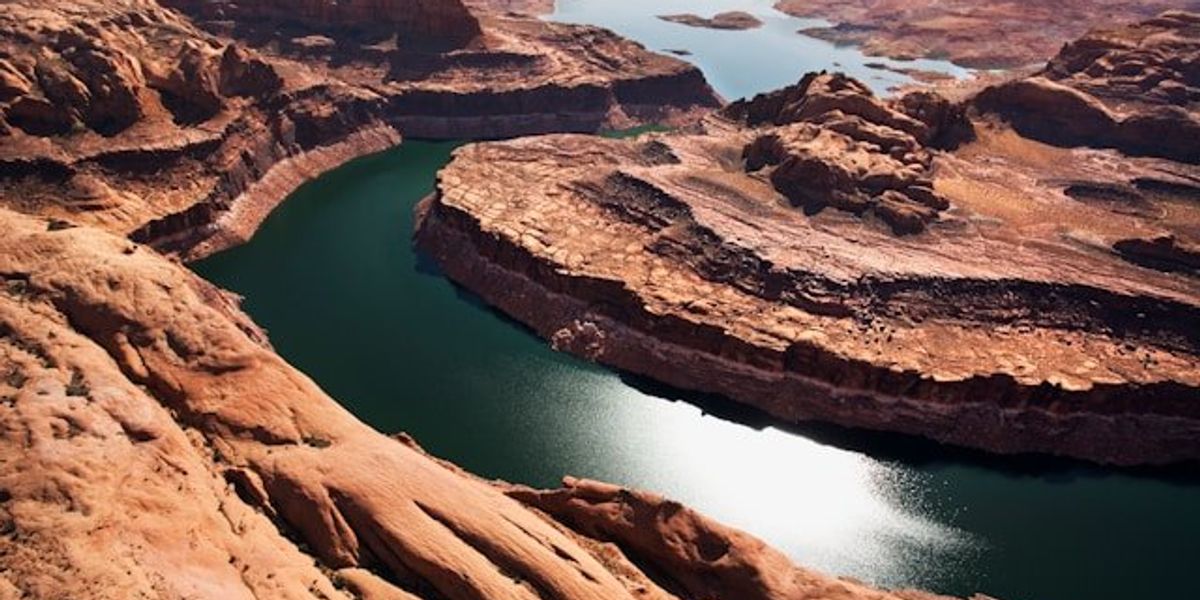
Colorado River talks stall as low water, rising heat force urgent reckoning
Federal officials warn of power loss at Lake Powell as water levels continue to fall and states struggle to reach agreement on a new Colorado River allocation formula.
Allen Best reports for Colorado Newsline.
In short:
- The Bureau of Reclamation’s latest 24-month forecast shows Lake Powell nearing the minimum level required to generate hydroelectric power, prompting calls for swift action from the Trump administration.
- Critics say the government’s models are too optimistic, failing to fully account for climate-driven aridification and consistently underestimating how bad river flows will be.
- Negotiations among the seven basin states remain deadlocked as they try to replace outdated water-sharing rules before a 2026 deadline, with a new “natural flow” proposal emerging but still lacking detail or consensus.
Key quote:
“This underscores the importance of immediate action to secure the future of the Colorado River.”
— David Palumbo, acting commissioner, U.S. Bureau of Reclamation
Why this matters:
The Colorado River supplies drinking water and irrigation to 40 million people and 5.5 million acres of farmland across seven states and Mexico. As climate change accelerates aridification, snowpack shrinks, and rainfall patterns shift, the river’s flows have declined sharply, placing growing stress on both water and energy systems. Lake Powell and Lake Mead, its two largest reservoirs, are dropping to levels that threaten not only supply but also hydropower generation. These cuts hit hardest in the Southwest, where cities, tribes, and farmers depend on these flows. The situation exposes deep regional tensions and outdated water agreements built on assumptions of abundance that no longer hold.
Related: Arizona cities form alliance to defend Colorado River water amid deepening drought













